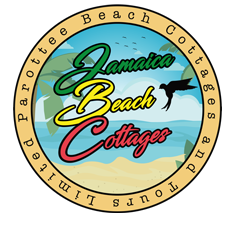This website is for sale including all its content!
You can buy it with all its content about Jamaica. Top rankings in Google search results with block posts about history, cooking and vacations in Jamaica!
Contact our team today and send us a quote!

